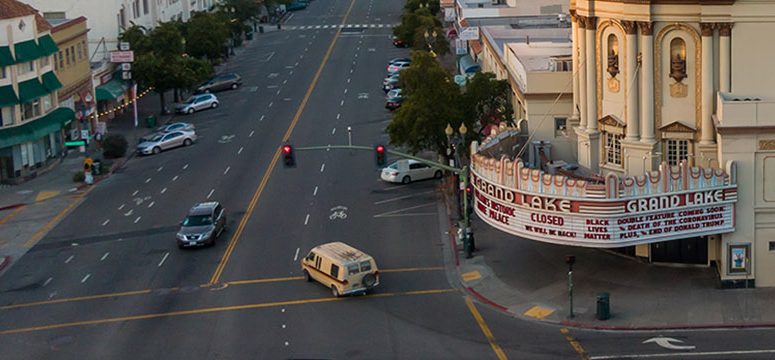Here's an interesting commentary on how livable streets advocates measure progress.
Jacob VanSickle, executive director of Bike Cleveland (where I'm a volunteer board member), made an important point recently on the organization's blog, one of our newest Network blogs. Cleveland has been making commendable strides in bike policy, with a new complete streets policy, three-foot passing law and anti-harassment ordinance. But it's possible Cleveland could still be falling behind, he said:
While bicycling across Greater Cleveland continues to grow, in fact the number of people commuting to work by bicycle increased four-fold from 2000 to 2010, there are dozens of cities across the country that are progressing much faster and more innovatively than Cleveland.
The City of Cleveland needs to innovatively prioritize bicycle infrastructure, and get it implemented at a much faster pace to keep up with our peer cities. Other cities are significantly outpacing Cleveland in their efforts to positively transform their respective city through bicycling and embracing a vision that provides direction towards a future city that is desired, rather than one that furthers the status quo. For example, in Chicago Mayor Rahm Emanuel has made a commitment to install 100 miles of protected bike lanes and bike boulevards over the next 4 years, of which 33 will be installed this year. Just imagine what a commitment like that would do to increasing the number of people biking in our fair city (currently the City of Cleveland has 8.5 miles of bike lanes).
The City of Cleveland’s new Complete and Green Streets Ordinance requires street repaving and reconstructions projects to include bicycle facilities, but, like Chicago, we need to ensure these facilities are in line with what is being built across the country. Thinking beyond sharrows and reallocating our street space with separated bike lanes and cycle tracks will do wonders in encouraging more people to bike more often. With street infrastructure that is built for well over 1 million people, our streets can certainly handle less space for cars, and more space for bicycles and pedestrians.
I think there’s a lesson here for all cities. It’s tempting to compare the current circumstances in your city with its recent past. But it’s not enough to be better than you were in the past. So many cities are working to build a more inviting and safe environment for biking and walking, perhaps the best way to measure progress is to chart your accomplishments compared to other cities.
Also, hat tip to our friends at Great Lakes Courier, who originally carried this column.
Elsewhere on the Network today: Stop and Move says the efforts of California’s San Joaquin Valley to improve air quality are toothless and contradictory. The Political Environment reports that the Wisconsin Department of Transportation plans to bypass western Milwaukee and an inner-ring suburb in its next billion-plus-dollar highway project. And Grid Chicago explores possible explanations for Illinois’s rise in traffic fatalities.






